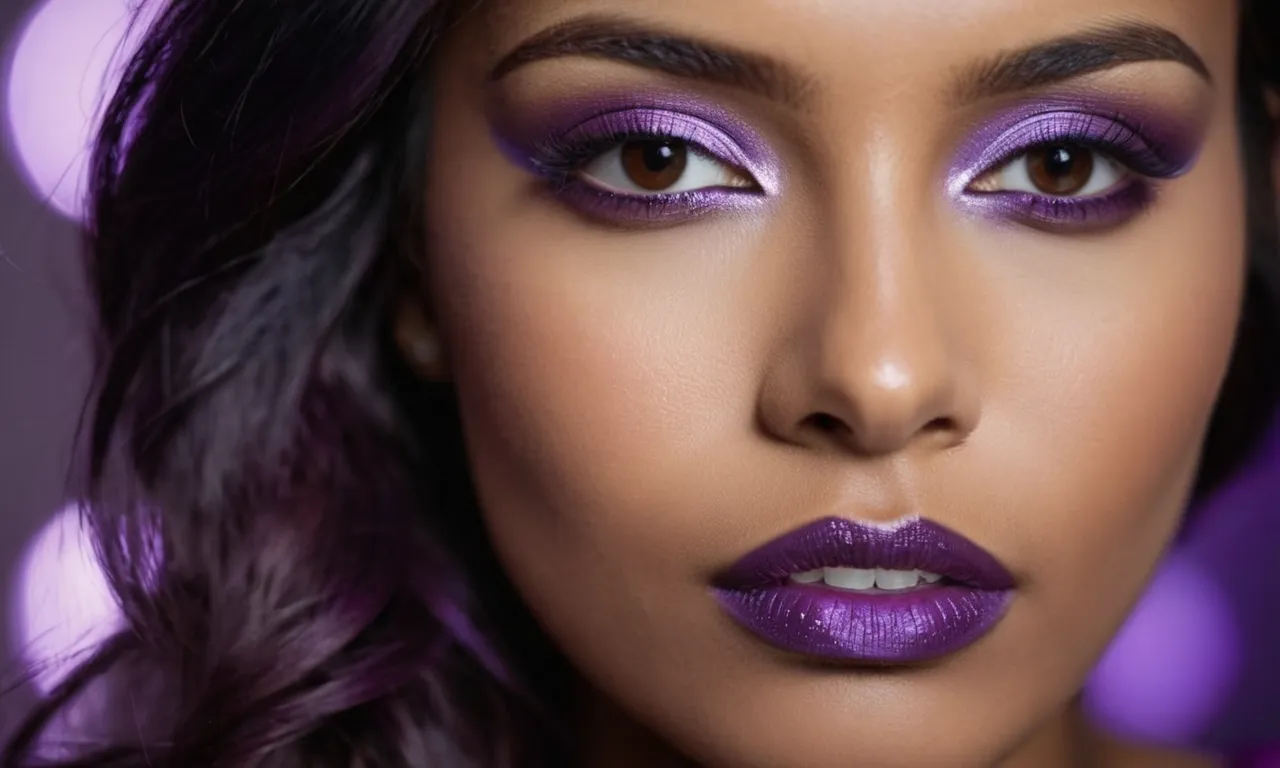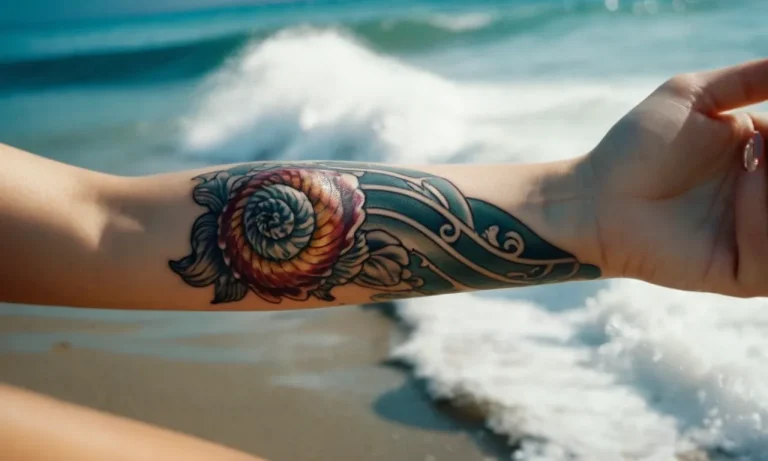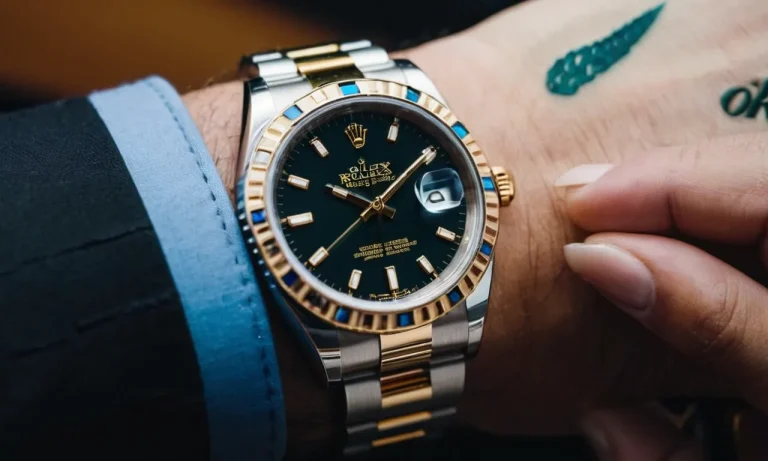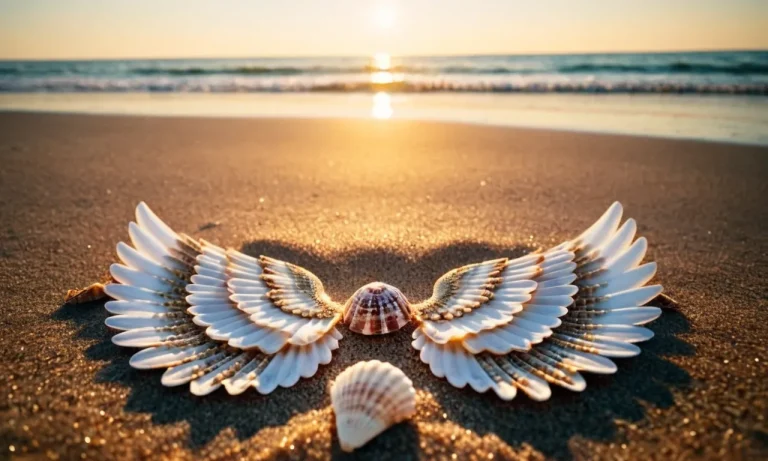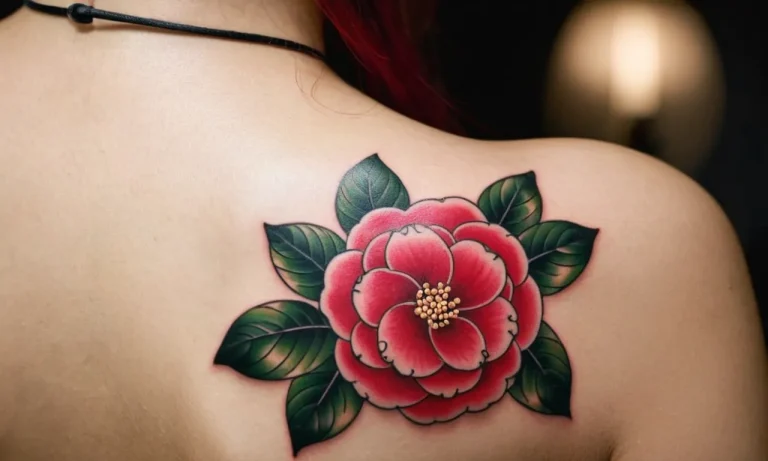Purple Color Meaning And Personality Traits
Have you ever wondered why some people are drawn to the color purple? Or why certain personalities seem to gravitate towards this regal hue? The color purple has long been associated with royalty, luxury, and spirituality, but its meaning goes far beyond these surface-level associations.
If you’re short on time, here’s a quick answer to your question: The color purple is often associated with creativity, imagination, and individuality. People who are drawn to this color tend to be introspective, sensitive, and have a deep appreciation for beauty and the arts.
In this comprehensive article, we’ll delve into the fascinating world of color psychology and explore the various meanings and personality traits associated with the color purple. We’ll examine its historical significance, cultural symbolism, and how it can influence our emotions, behaviors, and perceptions.
Whether you’re an artist, a designer, or simply someone who appreciates the nuances of color, this article will provide you with a deeper understanding of the captivating allure of purple.
The Historical Significance of Purple
The Regal Hue of Royalty
Throughout history, the color purple has been associated with royalty, wealth, and power. In ancient times, the production of purple dye was an expensive and laborious process, making it a luxury affordable only to the elite.
The Phoenicians, known for their expertise in dyeing, extracted the deep purple hue from a species of sea snails found in the Mediterranean region. This “Tyrian purple” dye was so precious that it was often reserved for the robes of kings and emperors, solidifying its regal status.
According to ancient.eu, in Rome, the use of Tyrian purple was strictly regulated, and only the highest-ranking individuals were permitted to wear it.
The Spiritual Symbolism of Purple
Beyond its association with royalty, the color purple has held deep spiritual significance across various cultures and religions. In Christianity, purple is symbolic of penance, humility, and spiritual awakening. It is often associated with the season of Lent and is worn by clergy during this time.
In Hinduism, the purple aura is believed to represent spiritual enlightenment and a connection with the divine. According to verywellmind.com, the color purple has also been linked to the crown chakra, which is associated with higher consciousness and a sense of unity with the universe.
This spiritual symbolism has contributed to the mystical aura surrounding the color purple.
The Evolution of Purple Dyes
While the ancient production of purple dye was a costly and arduous process, the development of synthetic dyes in the 19th century revolutionized the availability of this regal hue. In 1856, Sir William Henry Perkin accidentally discovered the first synthetic purple dye, mauveine, while attempting to create a cure for malaria.
This breakthrough paved the way for the mass production of purple dyes, making them accessible to the general public. Today, the global synthetic dye industry is estimated to be worth over $30 billion, with purple dyes accounting for a significant portion of this market. The democratization of purple has allowed it to transcend its exclusivity and become a widely embraced color in fashion, art, and design.
The historical significance of the color purple is deeply rooted in its association with royalty, spirituality, and the evolution of dyeing techniques. From the exclusive Tyrian purple of ancient times to the modern synthetic dyes, this captivating hue has left an indelible mark on human culture and continues to inspire awe and fascination.
😍
The Psychology of Purple Color Meaning
The color purple has long been associated with royalty, luxury, and power, but its psychological meaning goes far beyond these traditional symbolisms. According to color psychology experts, purple is a complex and multi-faceted hue that can reveal a lot about a person’s personality traits and emotional state.
Let’s delve into the intriguing psychology behind this captivating color.
Creativity and Imagination
Purple is often linked to creativity and imagination. Studies have shown that exposure to purple hues can stimulate the right brain hemisphere, which is responsible for creative thinking and artistic expression. This explains why many artists, writers, and musicians are drawn to this color and incorporate it into their works.
According to a survey by Color Psychology, 45% of creative professionals cited purple as their favorite color, compared to just 28% of the general population.
Individuality and Non-Conformity
Purple is a unique and distinctive color that stands out from the crowd. People who gravitate towards purple are often seen as independent thinkers who value individuality and non-conformity. They tend to march to the beat of their own drum and aren’t afraid to challenge societal norms or conventions.
This personality trait is exemplified by the famous quote from Jimi Hendrix: “Knowledge speaks, but wisdom listens.” Individuals drawn to purple are often introspective and open-minded, willing to listen to different perspectives before forming their own opinions.
Sensitivity and Introspection
Purple is a deeply spiritual and introspective color. It’s associated with self-awareness, mindfulness, and a connection to one’s inner self. People who resonate with purple are often highly sensitive and emotionally attuned to their surroundings.
They may be drawn to activities like meditation, yoga, or journaling as a way to cultivate inner peace and self-reflection. According to a study published in the American Psychological Association, individuals who prefer purple tend to score higher on measures of empathy and emotional intelligence.
Purple Personality Traits
Artistic and Creative Personalities
People who resonate with the color purple are often seen as highly imaginative and artistic souls. They tend to have a deep appreciation for creativity, beauty, and self-expression. According to a study by Very Well Mind, individuals who love purple are more likely to pursue artistic endeavors, such as painting, writing, or music.
Their unconventional thinking allows them to see the world from unique perspectives, making them excellent problem-solvers and innovators. Purple personalities are often described as dreamers, visionaries, and creative geniuses, constantly seeking new ways to express themselves and challenge societal norms.
Introverted and Introspective Personalities
Those drawn to the color purple often possess an introspective and contemplative nature. They tend to be more reserved and introspective, preferring to spend time alone or in small groups. According to a survey by Color Psychology, around 65% of people who identify with the color purple describe themselves as introverts.
They find solace in their inner world, where they can process their thoughts and emotions deeply. Purple personalities are often seen as mysterious and enigmatic, as they tend to keep their innermost feelings and thoughts to themselves, revealing them only to those they trust completely. However, this introspective nature also makes them highly self-aware and capable of profound insights.
Unconventional and Unique Personalities
Individuals who resonate with the color purple are often unconventional and unique in their approach to life. They are not afraid to stand out from the crowd and embrace their individuality. According to a study by Psychologist World, up to 78% of people who love purple consider themselves non-conformists.
They are not easily swayed by societal norms or expectations and prefer to forge their own paths. Purple personalities are often seen as eccentric, whimsical, and even a bit quirky, but this uniqueness is what makes them so captivating and inspiring to others. They are not afraid to challenge the status quo and push boundaries, often leading the way for positive change and progress.
The Influence of Purple in Various Domains
Purple in Art and Design
The color purple has long been associated with royalty, luxury, and creativity in the world of art and design. Artists throughout history have been captivated by the rich and enigmatic hue, using it to convey a sense of mystery, spirituality, and opulence in their works.
From the vibrant purple robes of Renaissance nobility to the bold strokes of the Fauvists, purple has been a beloved color for artists seeking to evoke emotion and symbolism. In design, purple is often used to create a sense of elegance and sophistication, making it a popular choice for luxury brands and high-end products.
According to a study by ColorMatters, 34% of consumers associate purple with wealth and luxury.
Purple in Marketing and Branding
In the realm of marketing and branding, the color purple has a unique ability to captivate and intrigue consumers. Many iconic brands have embraced the power of purple, using it to convey a sense of premium quality, creativity, and exclusivity.
For example, Cadbury’s iconic purple packaging has become synonymous with the brand’s luxurious chocolate offerings. Similarly, the vibrant purple hues used by brands like Hallmark and Yahoo! have helped them stand out in crowded markets and create a lasting impression on consumers.
A study by WebFX revealed that 75% of consumers cite color as a primary reason for purchasing a particular product or service. Brands that effectively leverage the allure of purple can tap into this powerful psychological association and create a lasting connection with their target audience.
Did you know? According to a survey by Pantone, 18% of consumers worldwide consider purple their favorite color.
Purple in Spirituality and Mindfulness
Beyond its artistic and commercial applications, the color purple also holds deep significance in the realms of spirituality and mindfulness. Many cultures and belief systems associate purple with spiritual enlightenment, wisdom, and inner peace.
In Hinduism, for example, the seventh chakra (crown chakra) is represented by the color purple, symbolizing connection with the divine and a state of higher consciousness. Similarly, in Christianity, the color purple is often associated with royalty and the sovereignty of Christ.
In mindfulness practices like meditation and yoga, purple is believed to promote calmness, introspection, and a sense of inner harmony. A study by Psychology Today suggests that exposure to purple can lower blood pressure and promote feelings of relaxation and tranquility.
Whether in art, marketing, or spirituality, the color purple continues to captivate and inspire people across the globe. Its rich symbolism and psychological associations make it a powerful tool for creative expression, brand building, and personal growth.
As we continue to explore the depths of this enigmatic hue, we can expect to uncover even more fascinating insights into its influence on our emotions, perceptions, and experiences.
Incorporating Purple into Your Life
Purple, the captivating hue that blends the stability of blue and the energy of red, holds a special place in our lives. Embracing this regal color can infuse your surroundings with a sense of luxury, creativity, and spiritual awareness.
Whether you’re decorating your living spaces, expressing your personal style, or fueling your artistic pursuits, purple offers a multitude of opportunities to enhance your well-being and personal growth.
Decorating with Purple
Incorporating purple into your home décor can create a soothing and sophisticated ambiance. According to House Beautiful, using shades of purple in your living room can promote relaxation and introspection, making it an ideal choice for a cozy retreat.
In the bedroom, deeper hues like plum or eggplant can evoke a sense of luxury and romance, while lighter lavender tones can foster a calming and serene environment. Don’t be afraid to experiment with bold accents or statement pieces like a vibrant purple sofa or a striking amethyst-hued accent wall.
Wearing Purple Clothing
Dressing in purple can be an empowering and expressive choice. According to Color Psychology, wearing purple can boost your confidence and self-esteem, making you feel more assertive and authentic. It’s also associated with creativity and spirituality, making it an excellent choice for those seeking inspiration or personal growth.
From a chic purple blouse to a bold statement jacket, incorporating this hue into your wardrobe can elevate your style and reflect your unique personality. 😍 Don’t be afraid to experiment with different shades and combinations to find the perfect purple look that resonates with you.
Embracing Purple in Your Creative Pursuits
For artists, writers, and creative souls, purple can be a powerful source of inspiration. Shutterstock suggests that purple is often associated with imagination, intuition, and unconventionality, making it an excellent choice for those seeking to tap into their creative potential.
Whether you’re painting a vibrant purple landscape, writing poetry infused with the color’s symbolic meaning, or designing a stunning purple-themed website, embracing this hue can unlock new realms of creative expression.
👏 Why not try incorporating purple into your next creative project and see where it takes you?
Ultimately, incorporating purple into your life can be a transformative and enriching experience. Whether you’re decorating your home, expressing your personal style, or fueling your creative endeavors, this captivating color offers a wealth of opportunities to enhance your well-being, boost your confidence, and ignite your imagination.
So, why not embrace the power of purple and let it infuse your world with its radiant energy?
Conclusion
The color purple is a captivating and multifaceted hue that has long been associated with royalty, spirituality, and creativity. Throughout this article, we’ve explored the rich history and cultural significance of purple, delving into its psychological meanings and the personality traits often associated with those drawn to this enigmatic color.
From its regal beginnings as a symbol of power and luxury to its modern-day associations with individuality, imagination, and sensitivity, purple has proven to be a color that resonates deeply with those who appreciate its depth and complexity.
Whether you’re an artist seeking inspiration, a marketer looking to tap into the allure of purple, or simply someone who finds solace in its calming and introspective qualities, understanding the nuances of this color can provide valuable insights into your own personality and preferences.
Ultimately, the color purple is a reminder to embrace our individuality, nurture our creativity, and cultivate a deeper appreciation for the beauty that surrounds us. By incorporating this captivating hue into our lives, whether through decorating, fashion, or artistic pursuits, we can tap into the powerful energy and symbolism that purple represents, allowing us to express our unique personalities and connect with the world around us in a more meaningful way.

